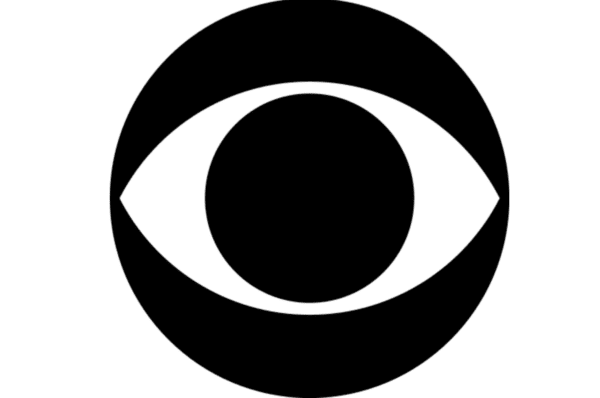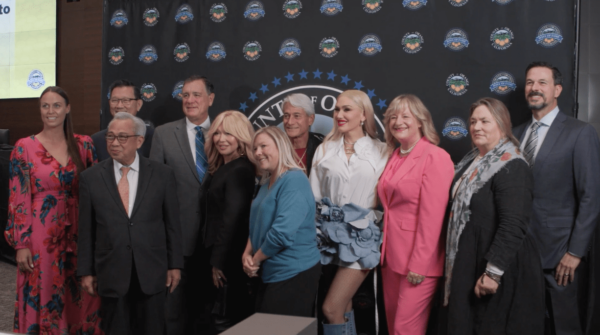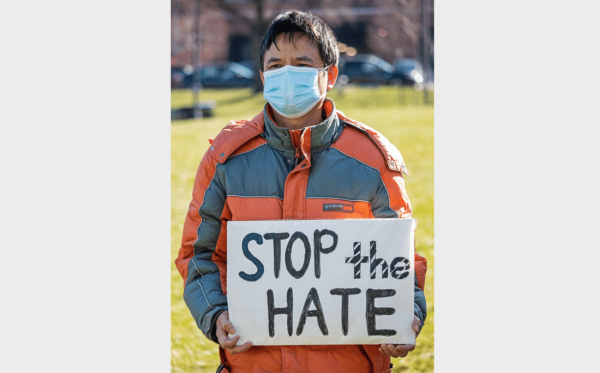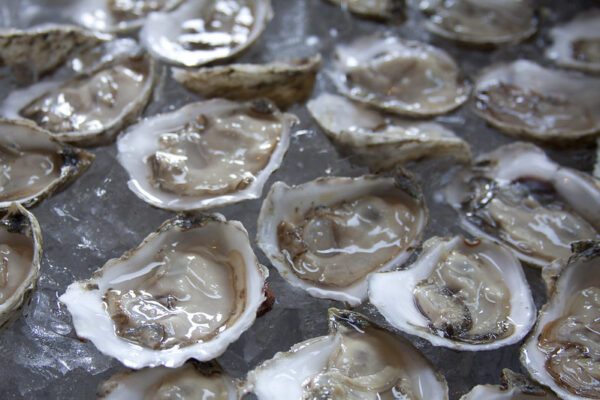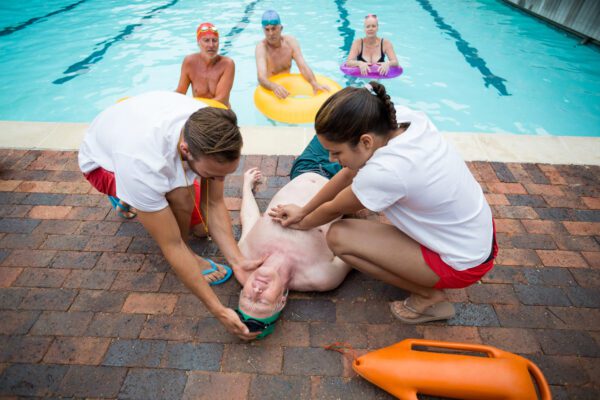Ruth Ashton Taylor, the first female newscaster to work in television on the West Coast, has died at 101, KCBS-TV Channel 2 reported Friday.
Taylor was hired in 1951 by KNXT, which became KCBS in 1984, after beginning her career with CBS Radio in New York City in 1944, working as a news writer in the documentary unit led by Edward R. Murrow.
Initially hired by KNXT to cover “The Woman’s Angle,” Taylor had a wide-ranging career, including covering government and politics.
When asked by the Los Angeles Times about the highlights of her career, Taylor cited interviewing Albert Einstein, Glenn Seaborg and Robert Oppenheimer for a story on atomic science and a memorial to Armando Quesada, an ex-addict who had straightened himself out and worked to help troubled young people in his neighborhood.
“Kids on the Eastside talked to me about it for years,” Taylor told the Times.
Born April 20, 1922, in Long Beach, Taylor graduated from Long Beach Polytechnic High School, then received a bachelor’s degree from Scripps College in Claremont and a master’s degree from Columbia University.
Taylor’s honors include a star on the Hollywood Walk of Fame and the Los Angeles Area Emmy Governors Award.
When she received a lifetime achievement award from the Radio & Television News Association of Southern California in 2008, Taylor recalled being the first woman to win the organization’s Golden Mike Award in the 1950s.
At the time, she was working in Washington, D.C., and career women didn’t always know what to do with their children, she said, adding that she chose to drag her daughter, about 4 at the time, along on interviews much of the time.

